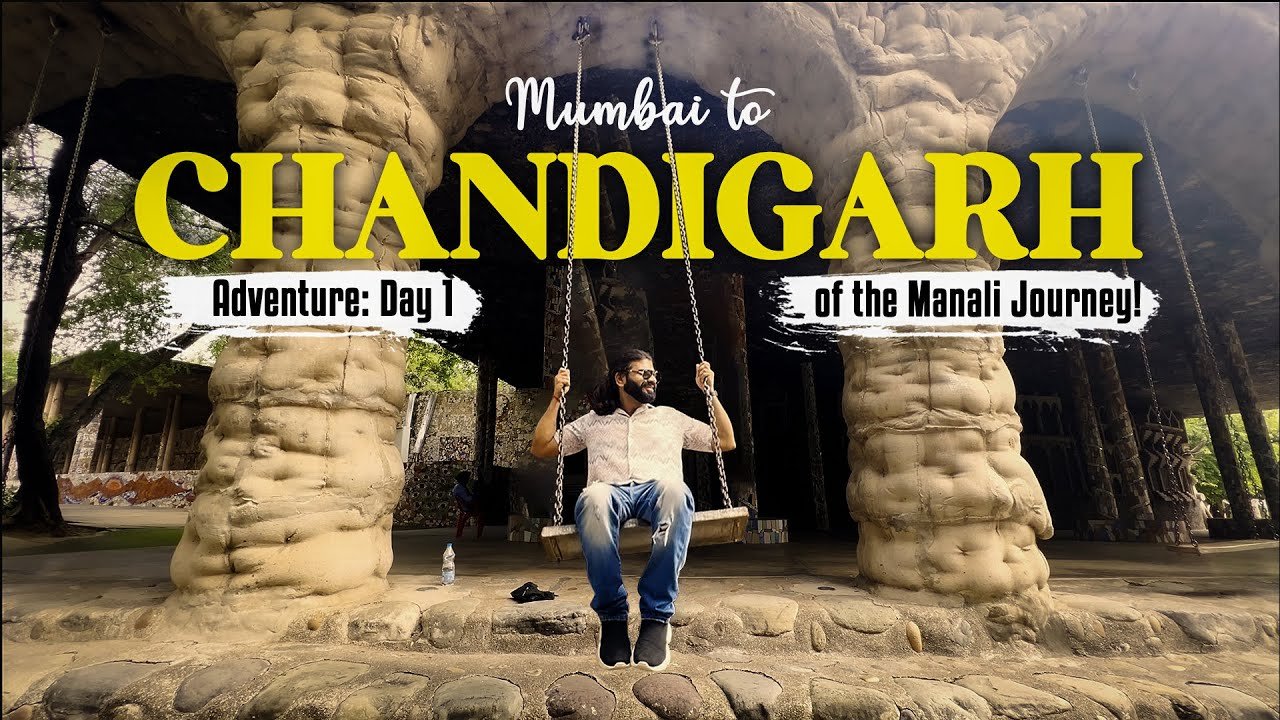Kedarnath, one of the most sacred pilgrimage sites in India, sees thousands of devotees every year trekking through the challenging 16 km route from Gaurikund to the temple. Many pilgrims, unable to walk the steep and rugged terrain, opt for horse and mule rides as an alternative. However, behind this seemingly convenient option lies a harsh and dark reality that many are unaware of.
🐎 The Hidden Cruelty Behind Horse Rides
1. Extreme Overloading & Exhaustion
Horses and mules are forced to carry heavy loads, sometimes double their capacity, often with multiple riders or excessive luggage. They are pushed beyond their physical limits, resulting in severe injuries, exhaustion, and even death due to overwork.
2. Poor Living Conditions & Lack of Medical Care
These animals often suffer from malnutrition, dehydration, and untreated wounds. Many owners do not provide proper food, water, or shelter, leaving them exposed to harsh weather conditions.
3. Brutal Training & Handling
To make them walk faster and carry heavier loads, whipping, beating, and other forms of abuse are commonly used. Many animals collapse due to pain and exhaustion, and those deemed unfit are often abandoned.
4. Slippery & Dangerous Paths
The Kedarnath route is steep, rocky, and slippery, making it extremely risky for horses. Many accidents occur, leading to injuries or fatal falls, and dead animals are sometimes dumped into nearby valleys or rivers, causing environmental pollution.
5. Lack of Regulations & Oversight
Despite complaints from animal welfare organizations, proper regulations and enforcement remain weak. The demand for horse rides continues, making it a never-ending cycle of cruelty.
❓ Frequently Asked Questions (FAQs)
1. Are horse rides the only way to reach Kedarnath?
No, pilgrims can walk, take palkis (carried by porters), or use helicopter services for a more humane and ethical option.
2. Why are horses used so extensively?
Many pilgrims prefer horses to avoid the tiring trek, and locals depend on this as their livelihood. However, the lack of regulation leads to rampant cruelty.
3. What happens to old or injured horses?
Many are abandoned, left to die, or sold for slaughter, as owners do not want to bear medical expenses.
4. What are the alternatives to avoid animal cruelty?
- Choose to walk if possible.
- Use palkis (carried by humans) as they provide employment without harming animals.
- Take helicopter services for a quicker, more ethical journey.
5. What can be done to stop horse cruelty?
- Raise awareness among tourists.
- Report abuse to animal welfare organizations.
- Support stricter regulations and promote humane alternatives.
🙏 Be a Responsible Pilgrim!
Kedarnath is a place of devotion and spirituality—let’s ensure our journey does not cause suffering to innocent animals. Say NO to animal cruelty and choose ethical alternatives! 🚶♂️🚁🌿
- Language English
- Subtitles English
- Audio Languages English
- Genre Reel
Social Share :

The journey to Manali begins! Join me as I set off from the bustling city of Mumbai and make my way toward the serene landscapes of Himachal Pradesh. Day 1 was all about travel, exploration, and soaking in the peaceful charm of Chandigarh before heading deeper into the mountains. Mumbai to Chandigarh – The Journey […]

Manali, a jewel in the heart of Himachal Pradesh, is more than just a scenic hill station—it’s a perfect blend of history, adventure, and vibrant culture. On Day 2 of our Manali journey, we set out to explore Old Manali, discovering its rich heritage, thrilling experiences, and lively streets. Hidimba Temple – A Glimpse Into […]

The road stretched ahead, winding through the mighty Himalayas, as our journey from Manali to Spiti Valley continued. The crisp mountain air filled our lungs, and the excitement of the adventure ahead kept us going. Today, I, Ranjan, take you through the breathtaking landscapes of Lahaul and Spiti, uncovering the raw beauty and hidden gems […]

Introduction Nestled in the majestic Himalayas, Rohtang Pass is a dream destination for adventure lovers and nature enthusiasts alike. Situated at an altitude of 13,058 feet, this high-altitude pass offers breathtaking landscapes, snow-capped peaks, and thrilling activities that promise an unforgettable experience. My recent trip to Rohtang Pass and Solang Valley was nothing short of […]




